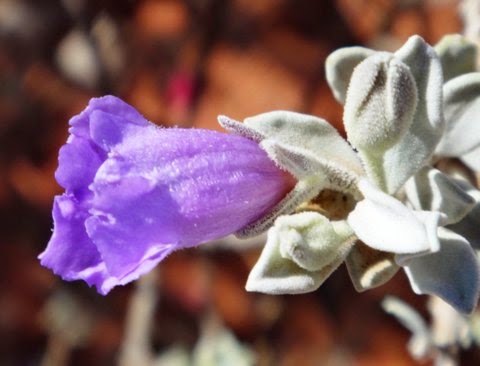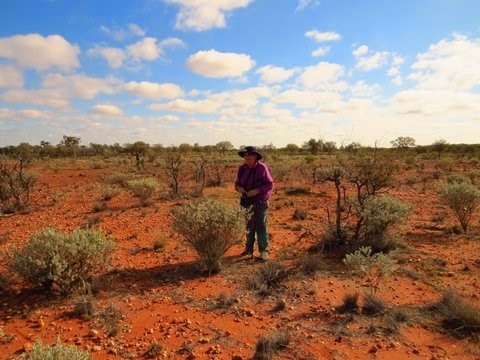Outback Australia is a wondrous place: the air
is coloured by flocks of budgerigars and Major Mitchell Cocka-toos and Bourke’s
and Mulga parrots and other birds living off an arid red land. In addition
there are those remarkable station owners who run cattle on such places as
Kilcowera Station, in the south west corner of Queensland. This region was
first settled by white people in 1861. One can only wonder as to why anyone
would want to settle so far from the coast and set up a cattle or sheep station
on arid land sparsely covered by Mulga and gibber rock. ‘Kilcowera’ is a
working cattle station but also caters for naturalists and tourists. The
brochure of Greg and Toni Sherwin says that ‘Kilcowera’, (on the Thargomindah-Hungerford
Road) ‘is conveniently situated for day trips to nearby attractions’. Of
course, Thargomindah is about 880 kilometres from Toowoomba and Kilcowera is a
further 90 kilometres south! Once you do get to Kilcowera you are on the edge
of Lake Wyara which is part of Currawinya National Park. The Lake is the second
largest breeding place for pelicans (after Lake Eyre), swans, ducks and terns. Far
from being waterless, there are fresh water swamps, lagoons and water holes for
ibis, spoonbills, dotterels and avocets.
 |
| Eremophila longifolia |
 |
| Eremophila duttonii |
John and Ruth Walter treated us to a pictorial
visit to Kilcowera with an emphasis on the fauna and flora. The group, from the
Queensland Naturalist Club, found a
region populated by red and grey kangaroo, wallaroo, and
emu down to the smaller reptiles such as shingleback lizard, bearded dragon and
Gould’s sand goanna with the sightings of Brown Falcon, Spotted Bowerbird,
Crimson Chat, amongst many other Western Queensland species. Mulga is the
dominant vegetation but the variety of Eremophilas is the great attraction for
botanists and the flowers follow good rainfall. (Kilcowera received 43mm just
before their trip.)
 |
| Eremophila bowmanii |
Fifteen species of Eremo-phila (endemic to Australia) are
found on Kilcowera and Currawinya NP and I am indebted to the Walters for
pointing out the difference between the two types of Eremophila: those that are
insect-pollinated have coloured spots to guide the insects to the pollen; and
those that are bird-pollinated have a split corolla and a long flexible pedicel to allow access by the long beaks of the honeyeaters.
At the time of the trip, E. Sturtii was the dominant flower with E. Bowmanii not far behind. E
Maculata (native fuchsia or spotted emu bush) is the most wide-spread of
the Genus though it is not found in Currawinya; E maculata is poisonous to stock and is known to contain a cyanide
producing glycoside. Stock will eat it when they are starved of other
vegetation. Other eremophila seen were E.
duttonii, E gilesii, E. glabra ssp
glabra, E. latrobei, E. longifolia, E. oppositifolia, and E. mitchellii. As a gardener who has
tried many times to grow eremophila, I am always amazed at how they grow so
well in the most isolated spots of Queensland, on poor soil and with very
little rainfall, when I can give them rich soil and plenty of water. Of course,
they prefer the acid soil, the hot dry air and the gibber which no suburban
garden can supply. After such an
interesting talk by Ruth and John, I think that Kilcowera should be on
everyone’s list of ‘must see’ places. Our thanks go to the Walters for spending
time to put together such an interesting presentation.
 |
| Eremophila latrobeii |
 |
| White-browed Woodswallow |
 |
Central Australian
Shingleback
|
(Report by Linda Mangubhai
All photos by John Walter)






